Assuming the table name is ToolUsage and the Date column to be a DATETIME, it's possible to write a measure to compute the last two days usage for a single tool
Tool2LastDayUsage =
IF (
HASONEVALUE ( ToolUsage[Tool Name] ),
VAR MaxDate = MAX ( ToolUsage[Date] )
VAR LastTwoDays =
CALCULATETABLE (
VALUES(ToolUsage[Date]),
ToolUsage[Date] > MaxDate - 2
&& ToolUsage[Date] <= MaxDate
)
RETURN
CALCULATE (
SUM ( ToolUsage[Minutes] ),
LastTwoDays,
ALLEXCEPT (
ToolUsage,
ToolUsage[Tool Name]
)
)
)
First we check to have a single tool selected using HASONEVALUE, then we compute the last date in the current selection and we use it to prepare the LastTwoDays table containing the 2 days period. At last we compute the last two days usage by applying the LastTwoDays filter table, together with ALLEXCEPT to remove any existing filter over the ToolUsage table but the filter over the Tool Name
Then we can use this measure to build another measure to check the last two days period usage and flag high used tools with "High Use"
HighUse = IF( [Tool2LastDayUsage] > 20, "Hig Use" )
These measures can be used in a matrix or a table visuals. If the ToolUsage[Date] is included, they use it to compute the last two days period.

Of course, different behavior may be implemented; for instance to flag the tool regardless of the date on the current visual row, using the overall max date instead.
To show a 2 period inside a visual, it may be possible to create a table with a description, like 12/2-12/3 and a date, 12/3 in this case, to be set in relationship with the ToolUsage table.
